The mission of AVA’s Propeller Program is to equip emerging artists with the clarity, skills, and confidence to advance their practice. Through a structured blend of critique, professional development, and individualized guidance, Propeller helps artists define their goals, understand their place in the larger art conversation, and gain the practical tools needed to navigate their careers. Participants engage in collaborative learning, hands-on skill building, and peer-to-peer exchange, culminating in a professional artist presentation. We recognize that there are many valid ways to sustain an art practice—from entrepreneurial ventures to educational paths to personal exploration—and we value them all as essential to a thriving creative culture. Propeller exists to propel artists forward, fostering meaningful connections, elevating professional readiness, and empowering creative growth.
Frequently Asked Questions
Do I have to be an AVA Member to apply? - No, this program is open to non-AVA members as well.
Who is eligible to apply? This program is likely going to be most beneficial to emerging artists or early mid-career artists working to take the next step in their career or who are working to identify what that next step should be.
Does applying guarantee acceptance? No, Each cohort will be limited to eight artists to ensure so that the group of artists can learn from each other.
How much does it cost? Starting in May 2025, the price for the program is $175 for AVA members and $200 for non-members when accepted.
What is required for the application? Each artist should apply with their website, professional Instagram URL, or five professional images of their work.
What are the program expectations? The program will run on a twelve week cycle: January-April cohort, May-August cohort, September- December cohort.
Overview:
This program is designed to help propel you to the next phase of your artistic development by understanding your goals, where you fit into the larger conversation of the art world and give you the professional tools necessary to navigate your practice.
In Week One, participants are introduced to the structure of the program, learn how to use the shared Google Drive, and create Google Slideshows. The group sets collective goals in a shared document, reviews recommended reading materials available to borrow for the duration of the program, and finalizes contracts. For homework, each artist prepares a slideshow of their work that includes a picture of themselves or their studio on the first slide, along with dimensions, medium, and dates for each piece, as well as one image of a contemporary artist who informs their practice.
Week Two focuses on a group critique. Artists are expected to upload their slideshows to the shared drive, and bringing in physical work is encouraged. For homework, participants prepare and share their CV, bio, and artist statement.
Week Three does not have a set meeting time, but one-on-one meetings are available during Friday office hours.
In Week Four, the group shares and discusses CVs, statements, and bios, followed by a session on the importance of documenting artwork and a demonstration on photographing work. Artwork Archives is introduced as a tool for organizing work. Homework includes uploading all work to Artwork Archives and continuing to refine CVs, statements, and bios.
Week Five builds on this by reviewing updated materials, followed by a second slideshow assignment similar to Week One.
Week Six again offers optional one-on-one meetings during Friday office hours.
Week Seven returns to group critique, focusing on new work or works in progress. Homework involves selecting and watching an episode of Art21 that resonates with the artist’s personal throughline and preparing to share their reflections with the group.
In Week Eight, the group watches and discusses these episodes together and adds any professional, technical, or conceptual questions to a shared document.
Week Nine is another open week for one-on-one meetings.
In Week Ten, the focus shifts to grant writing, contracts, commissions, and answering participant questions. For homework, artists research the career of an admired artist, noting their early steps, exhibitions, fairs, and residencies, then articulate their own big goal and what is currently preventing its achievement. They also begin preparing their presentation for Week Eleven. In that session, participants discuss their goals in relation to their throughline, ask open questions, and share a draft of their presentation. Homework is to finalize the artist presentation.
The program concludes in Week Twelve with each artist delivering a professional artist talk to a panel of peers and members of the art community.
When will meetings for the program take place? Orientation is on Wednesday, September 3rd, our meetings will be held on Fridays, following a rough schedule of three weeks on and one week off from 6-7:30pm. The dates are: September 12, 19 and 26th October 10, 17 and 24th, November 7, 14, and 21st, with our artist talk the week following Thanksgiving on Friday, December 5th.
What will the culminating project at the end look like? The culminating project will be specific for each artist and will involve a public presentation of the artist’s work in the form of an artist talk or similar presentation/demonstration at AVA’s Frazier Avenue location. For the last couple of years, this has taken the form of a Pecha-Kucha artist talk, where artists presented a narrative of their work and overall art practice with 20 image based slides that played for 20 seconds each. Going forward, artists will be given an option for other presentation formats or they can also do a demonstration related to their work. For example, if the artist has a goal to build a website during the program, they will have to present the website. Each artist’s presentation will be approximately 10 minutes long and the event will be advertised and open to the public.





